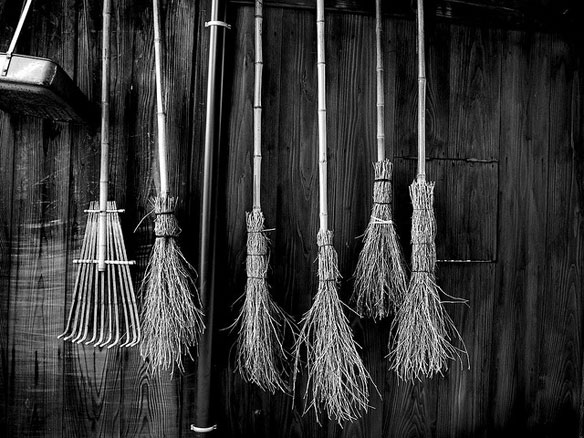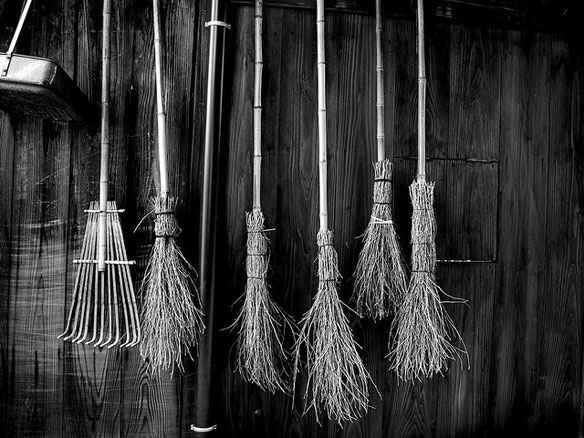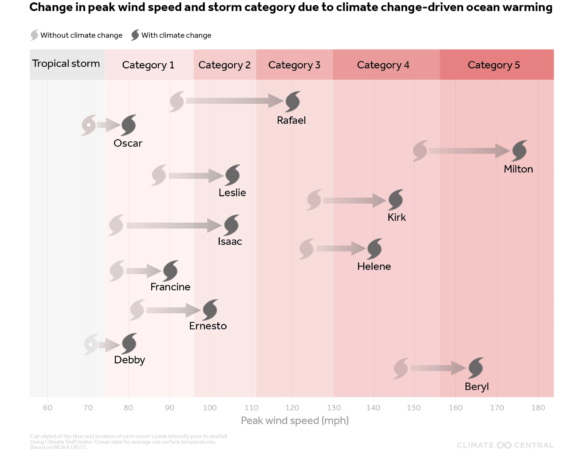
“Cleaning Things.” Caption and Photo source: ©© Jam343
Excerpts;
Efforts to reduce the flow of fertilizers, animal waste and other pollutants into the Chesapeake Bay appear to be giving a boost to the bay’s health, a new study that analyzed 60 years of water quality data has concluded. The study, published in the November 2011 issue of Estuaries and Coasts, was conducted by researchers from The Johns Hopkins University and the University of Maryland Center for Environmental Science.
This research is highlighted at the 21st Biennial Conference of the Coastal and Estuarine Research Federation, November 6-10, 2011…
Read Full Article, Science Daily
Center For Sponsored Coastal Ocean Research / NOAA
A recent analysis of 60 years of monitoring data by scientists with the Coastal Hypoxia Research Program (CHRP) has revealed seasonal differences in Chesapeake Bay hypoxia trends and driving forces that indicate that nutrient controls have benefited hypoxia mitigation but the effect is confounded by large-scale climatic forces promoting hypoxia formation.
Among several climatic factors analyzed, the authors concluded that the most likely cause of increased stratification is sea level rise, which has increased the bay’s longitudinal salinity gradient.
The study shows that although climatic factors are influencing hypoxia and require adaptations to management approaches, nutrient controls remain a critical mitigation strategy for improving Chesapeake Bay water quality.









